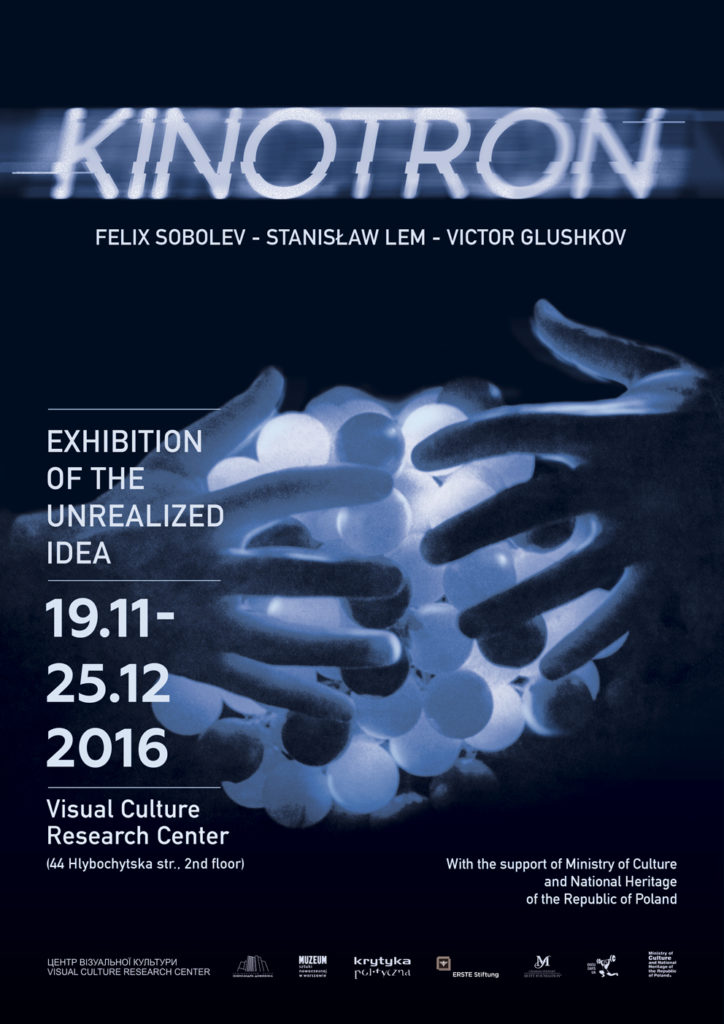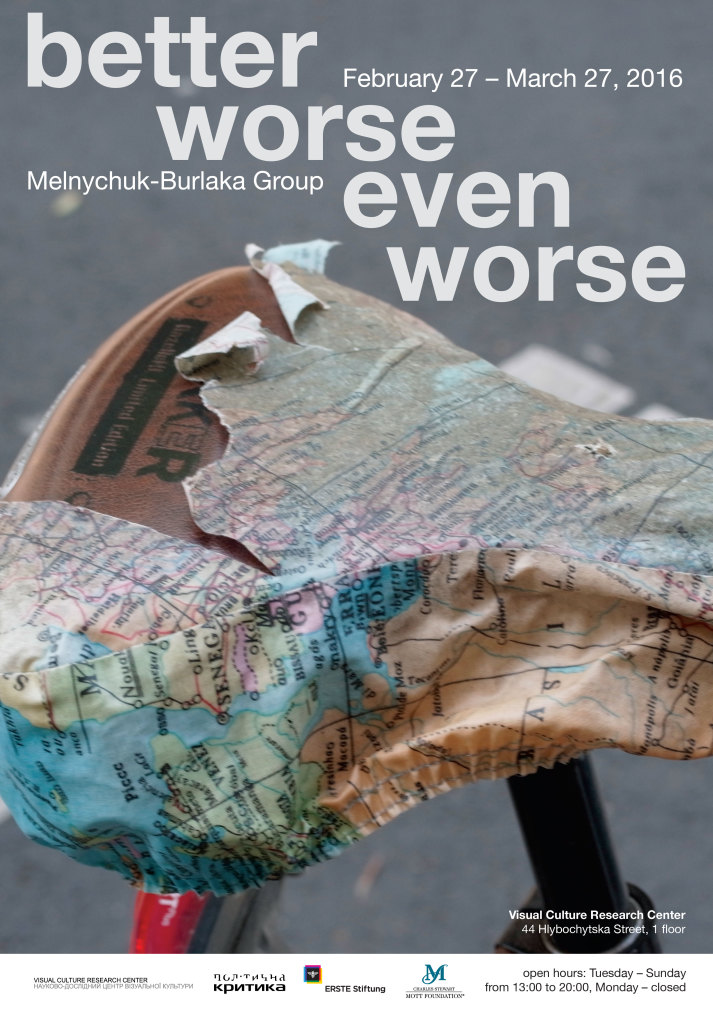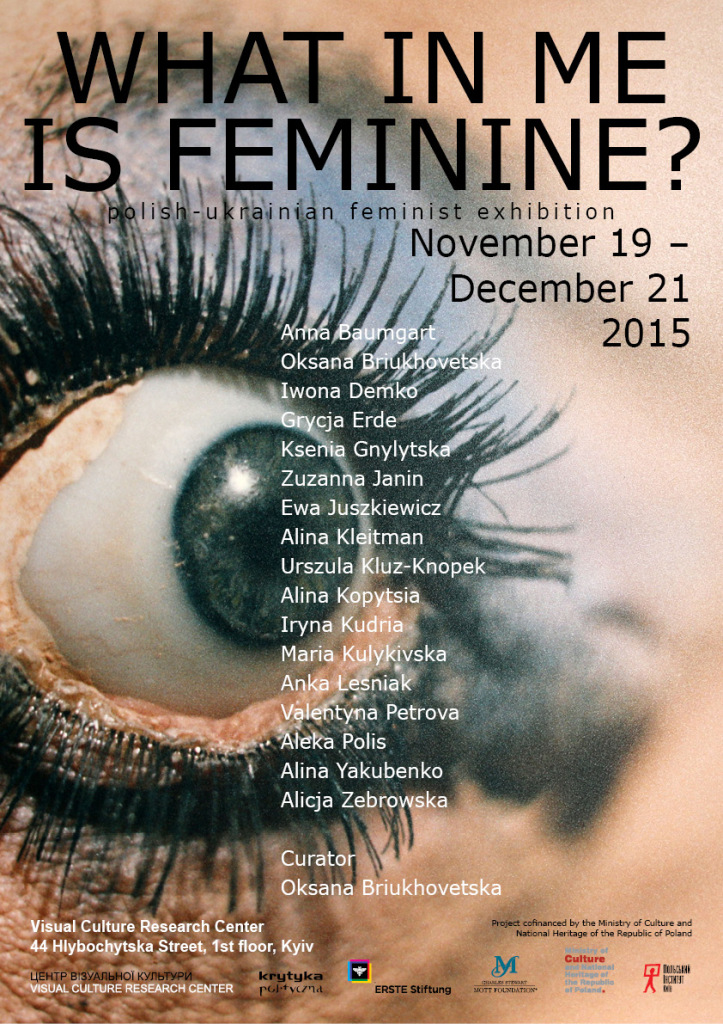Exhibition GRAY CUBE. Art on corruption

8 September–8 October 2017
Exhibition
GRAY CUBE
Art on corruption
Opening on Friday, September 8, at 19:00.
The phenomenon of corruption, which is usually associated with political or sociological issues, has artistic potential. Paraphrasing, obscuring, allusions, creating secret sign systems – these forms of corrupt behavior can be perceived as artistic techniques that add fiction to the present, transforming the every day into an absurd adventure. Placing themselves within a gray democracy and gray economy, artists examine the way the logic of corruption interweaves the social fabric. They make its anthropological, historical and aesthetic dimensions visible.
Gray Cube, the result of the transformation of the gallery’s “white cube”, represents, among other things, an artistic focus on gray zones of the post-soviet context, often defined by corruption and lack of transparency. However, this characterization itself becomes a subject of critical consideration. At the same time, in the Gray Cube corruption is regarded as a structural part of contemporary economies.
A series of public events on the economic history of Ukraine, as well as on the cultural analysis of anti-corruption policies and rhetoric in post-Soviet countries, will take place within the framework of the exhibition.
Gray Cube will also open in Mariupol (Platform “ТЮ!”, 16 September), Kharkiv (Kharkiv School of Architecture, 6 October), and Chisinau (Bunker Gallery, 17 October).
Curator – Kateryna Mishchenko
Participants: Oleksandr Burlaka, Leon Kahane, Dana Kosmina, Stanislav Menzelevsky, Anna Onufrienko, Ghenadie Popescu, Oleksiy Radynski, Hito Steyerl, Oleksandr Teliuk.
Exhibition display by Dana Kosmina
Open hours: Tuesday–Sunday, 14:00–20:00. Monday – closed.
Admission is free
Exhibition takes place within the “Bestehend” project which is a collaboration between Goethe-Institut Ukraine and Federal Agency for Civic Education and is supported by the Federal Foreign Office
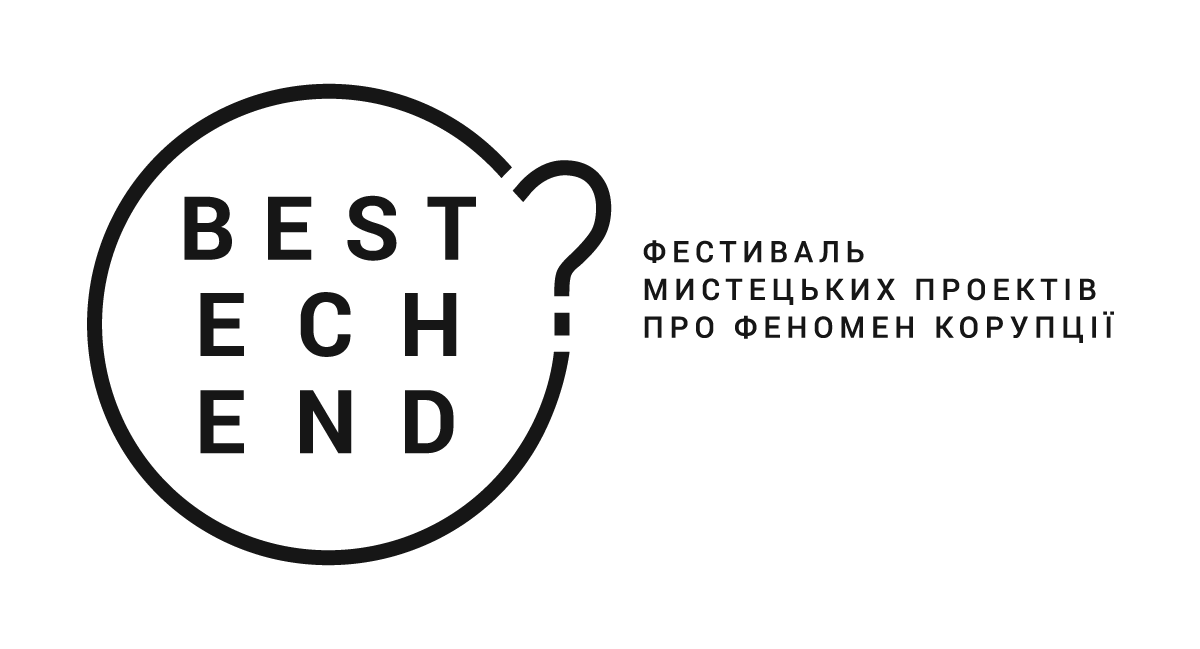


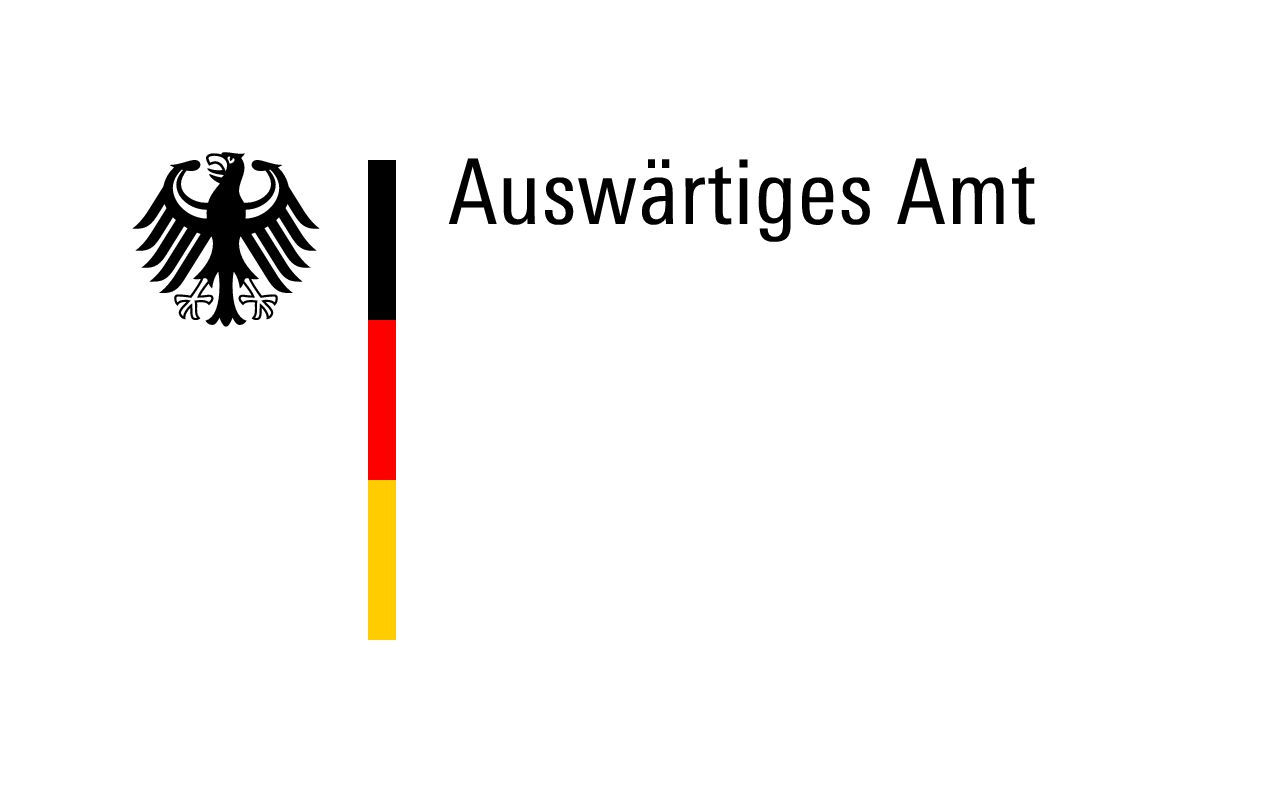
Supported by ERSTE Stiftung and Charles Stewart Mott Foundation
Media partner — Hromadske.UA
![]()
CUSTODIAL SETTINGS. Exhibition and discussion project
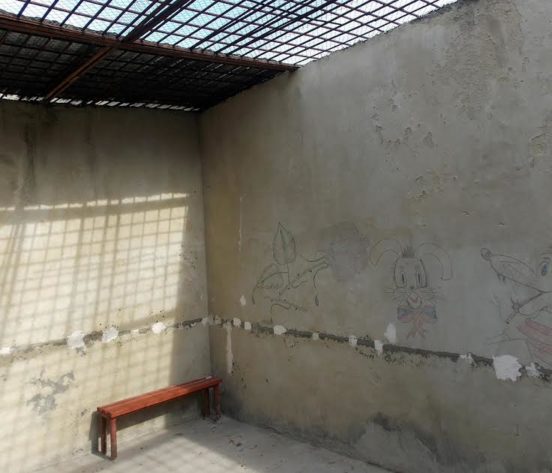
26 June – 9 July 2017
The opening will take place on the International Day in Support of Victims of Torture, June 26, at 19:00.
The exhibition will include documentary photography, video, and audio recordings, made by public monitors from National Preventive Mechanism and Ombudsman Office workers during their short-notice visits to custodial settings.
Restrictions of freedom are often used by the state as an instrument for punishment, rehabilitation, treatment, and care. The classified sites are not only colonies, detention centers, and prisons are, but also orphanages, certain medical facilities, military units, retirement homes, and even airport transit zones. The inequality between the mentors and the mentees seems natural to those who are on this side of the wall. We know almost nothing about the life “there,” as the detainees, who choose to complain about their living conditions, or about the way the penitentiary system workers treat them, can be punished even more severely.
In 1987, the Ukrainian SSR ratified the Convention against Torture and Other Cruel, Inhuman or Degrading Treatment or Punishment. In 2002 it was complemented by Optional Protocol, which required the establishment of a national preventive mechanism (NPM). Its key point was the introduction of regular systematic visits of custodial facilities by NPM monitors, to be carried out at short notice, presuming the right to document the observed. Hence, by being mandated to visit custodial settings, the NPM monitors mediate between lives “on this and the other side.”
Curators: Ruslana Koziienko, Natalka Neshevets
Design by Oksana Briukhovetska
The exhibition is open: Tue–Sun, 13:00–20:00. Monday – closed.
Discussions, lectures, and screenings will take place within the project. The program will be announced further.
On the 26th of June, at 14:00 the results of custodial settings monitoring in Ukraine will be presented at Visual Culture Research Center. The discussion about the situation with torture at such places will follow with participation of Kateryna Chumak (Head of NPM department at the Ombudsman Office), Maryna Homenyuk (NPM monitor, program coordinator at “Ukraine without Torture” NGO), Tetyana Pechonyk (NPM monitor, Head of Human Rights Information Centre board), Yevhen Levantsov (member of NPM department team at the Ombudsman Office).
Admission is free
Supported by: International Rennaissance Foundation within Human Rights and Justice program
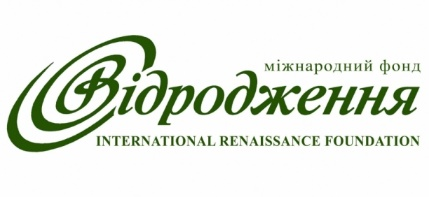
ERSTE Stiftung and Charles Stewart Mott Foundation
Ukrainian Parliament Commissioner for Human Rights
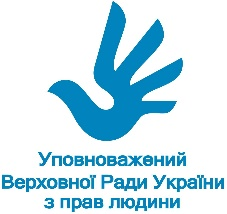
Organizers: Human Rights Information Centre, Expert Center for Human Rights, National Preventive Mechanism, and Visual Culture Research Center
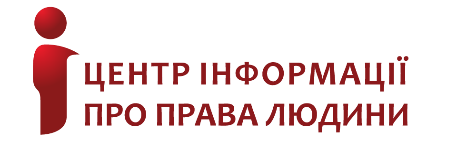
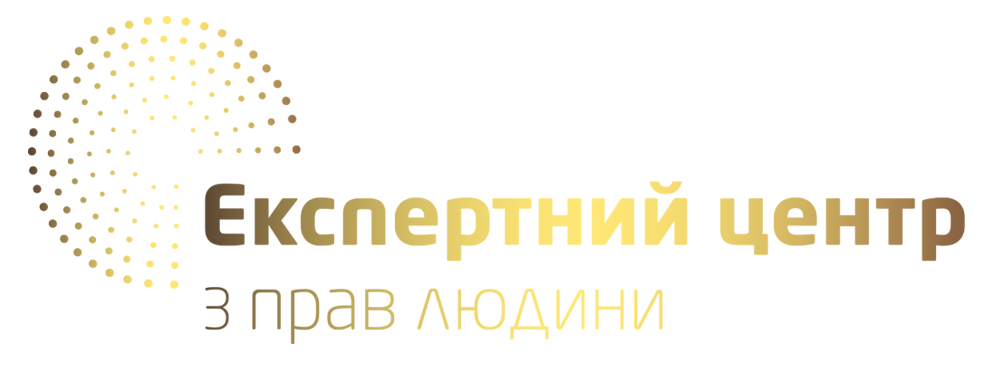
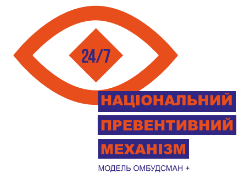
Media partners:
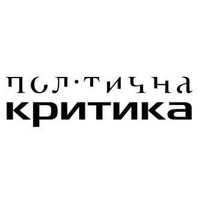
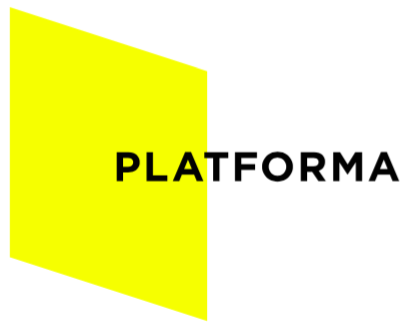
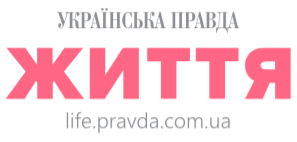
![]()
Exhibition TEXTUS. Embroidery, textile, feminism
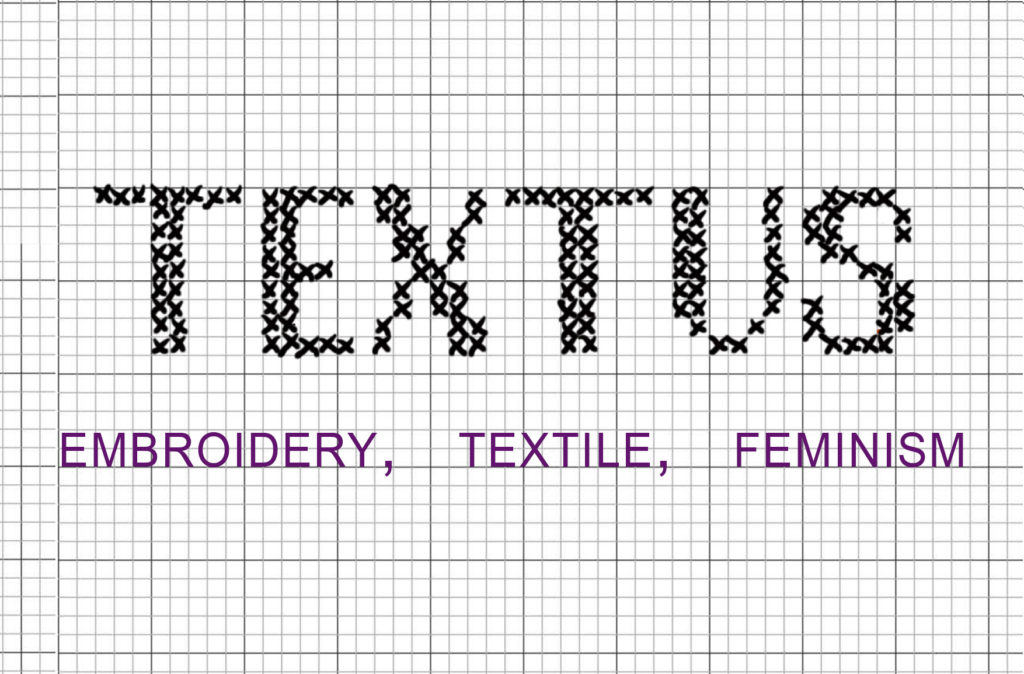
March 8 – April 9, 2017
Opening on Wednesday, March 8, at 18:00
The words “textile” and “text” come from the Latin word textus, meaning “fabric,” “connection,” and “interwoven.” Our culture evolved in such a way that it was mostly men who interwove words to create texts, as words and language became carriers of power and law. The interweaving of threads was reduced to “women’s” work, an unexceptional craft compared with the intellectual “weaving of words.” Its function – to decorate, provide warmth and comfort, was synonymous with the role assigned to women in traditional cultures. Despite the technical complexity and visual richness of some textile and embroidery techniques, because of the word “feminine” these works were not considered on par with painting.
This attitude towards “female” techniques is consonant with the attitude towards women’s labor in general. Women earn less than men, and housework and caring for children, which in most cases falls on the shoulders of women, is unpaid and often goes unnoticed and unappreciated.
Embroidery and textile are becoming increasingly popular mediums in contemporary art world. But in conservative societies, embroidery and textile are still seen as having decorative functions and are presented as women’s hobbies where you copy ready patterns, thus having a somewhat discriminatory connotation.
That is why “female” techniques became important representations of feminist art. The exhibition TEXTUS. Embroidery, Textile, Feminism demonstrates how these techniques, by becoming mediums for reflection and critical expression, are undermining the hierarchy of artistic practices.
The exhibit explores this layer of art through the work of contemporary Ukrainian women artists. Presented through embroidery and textile, viewers are offered to read it as a narrative, returning to the original meaning of the word textus.
The works presented in this exhibit and the accompanying lectures and discussions will focus on women’s rights in Ukraine and the post-Soviet space, the issues of women’s labor, and identity in art and society.
Curator: Oksana Briukhovetska
Participants: Oksana Briukhovetska, Kseniya Gnylytska, Alina Kleytman, Alina Kopytsya, Tetiana Kornieyeva, Iryna Kudrya, Valentyna Petrova, Anna Shcherbyna, Sewing cooperative “Shvemy,” Anna Sorokovaya, Iryna Stasyuk, Olesya Trofimenko, Sofia Vremennaya, Anna Zvyagintseva
Admission is free
Opening hours: Tue–Sun, 12:00–20:00. Monday – closed.
Organizer: Центр візуальної культури
Supported by: ERSTE Stiftung and Charles Stewart Mott Foundation
Visual Culture Research Center Reopens «The Lost Opportunity»
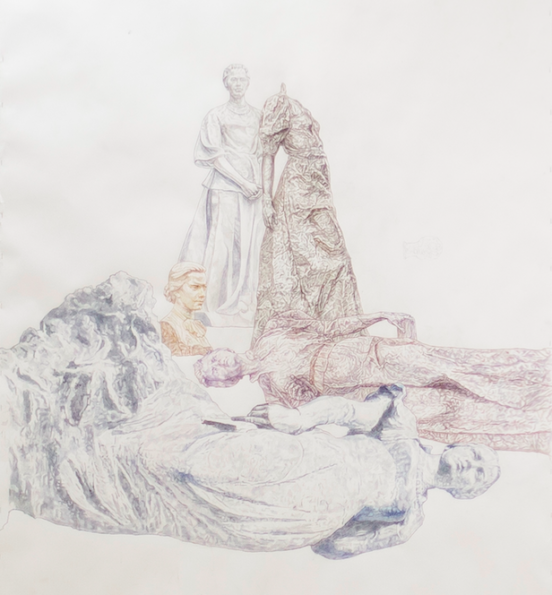
On Sunday, February 12, we are reopening «The Lost Opportunity» exhibition by Davyd Chychkan in its present condition. The exhibition space, preserved as it is after the pogrom, will serve as a ground for reflection on the situation, in which current artistic expression is now, as well as of our society in general.
The works by Davyd Chychkan are artistic images that found themselves strong in their weakness in front of the pogromists with covered faces. The interpretation of these images requires a complex assessment, a nuanced commentary, a thoughtful critique, and aesthetic sensibility. The reopened exhibition points to its return to the territory of intellectual interaction and reflection, from which it was ousted by the act of barbaric violence. It is thus the only way to discover its real political meaning.
At that, remaining on the positions of open-mindedness and enlightenment, freedom of speech and autonomy of artistic work, we suggest to look critically at the social landscape of post-Maidan and the opportunity of not losing the guidelines that were defined during Maidan. The savagery of pogrom implies the essence of «anti-Maidan»: the social darkness that cannot be allowed to occupy the Ukrainian public space.
We are reopening the exhibition with a lecture by Ukrainian lawyer and human rights advocate Ksenia Prokonova, taking place on Sunday, February 12, at 16:00. Addressing artists, cultural institutions and human rights activists, the lecture will consider potential legal actions in cases of attacks and destruction of artworks.
Ksenia Prokonova is a lawyer, Head of the Dispute Management Practice.
Focusing on war and the post-Maidan situation in Ukraine, «The Lost Opportunity» exhibition by Davyd Chichkan opened on Thursday, February 2. It poses the questions that have been in the air for more than three years: what was this event, and what it could have become? According to the author, Maidan is a lost opportunity for the Ukrainian society to accomplish a social revolution, which would mean not only to defend dignity, but rather finally gain dignified living conditions. In his series of graphic works, the artist discovers the causes and speaks about the consequences of this loss, one of which is the so-called “decommunization” – a paradoxical phenomenon which shapes the traits of counterrevolution in the context of political ignorance.
We remind that on Tuesday, February 7, at 17:40, 14 people broke into Visual Culture Research Center, inflicted injuries on the security guard, destroyed the exhibition «The Lost Opportunity» by Davyd Chychkan, and stole four artworks.
The exhibition will be open till February 26. Opening hours: Tuesday to Sunday, 14:00 to 20:00. Closed on Monday.
Admission is free.
Organized by Visual Culture Research Center
Supported by: ERSTE Stiftung and Charles Stewart Mott Foundation
Exhibition by Davyd Chychkan “The Lost Opportunity”
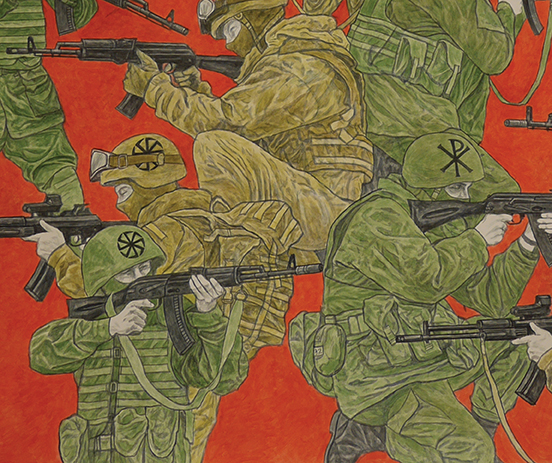
2 – 26 February 2017
Visual Culture Research Center and Political Critique invite you to the solo exhibition by Davyd Chychkan, opening on Thursday, February 2, at 19:00.
On Saturday, February 4, at 16:00 the artist will make a guided tour around the exhibition.
Focusing on war and the post-Maidan situation in Ukraine, The Lost Opportunity poses the questions that have been in the air for more than three years: what was this event, and what it could have become. According to the author, Maidan is a lost opportunity for the Ukrainian society to accomplish a social revolution, which would mean not only to defend dignity, but rather finally gain dignified living conditions.
In his graphic works, the artist unveils the causes of this loss and speaks about its consequences. One of such consequences is the “decommunization” policy – a paradoxical phenomenon, which shapes the traits of counterrevolution in the context of political ignorance. Davyd Chychkan ironically suggests to the followers of “decommunization” that they should be consistent and “decommunize” not only the Soviet heritage, but also such Ukrainian socialists as Ivan Franko, Mykhailo Drahomanov, and Lesya Ukrainka. The artist emphasizes that the lack of political culture in Ukrainian society preconditions “decommunization,” and the low level of political consciousness on the post-Soviet space facilitates the reactionary Kremlin propaganda machine.
For Davyd Chychkan, his political activism is inseparable from the artistic practice. As an anarchist, with his artistic works (from street art, to graphic series) he politicizes the discourse of contemporary Ukrainian art, turning it into an instrument for political transformation of society.
Davyd Chychkan is an artist, anarchist-communist, activist of Black Rainbow and ЛКПД (LCUD, Libertarian Club of Underground Dialectics). He lives and works in Kyiv.
Opening hours: Tue – Sun, 14:00 – 20:00. Closed on Monday.
Admission is free.
Organized by Visual Culture Research Center
Supported by: ERSTE Stiftung and Charles Stewart Mott Foundation
KINOTRON. Exhibition of an Unrealized Idea. Felix Sobolev – Stanisław Lem – Viktor Glushkov
Saturday, 19 November 2016, 19:00
“Kinotron is a new form of film production.
The analogy emerges immediately: cyclotron, synchrophasotron, etc.
It’s all about highest velocities and giant energies.”
From the Felix Sobolev archive
The exhibition presents a little-known, yet unique, phenomenon in Ukrainian film history: the experimental works of the representatives of “the Kyiv school of scientific film,” which emerged in the 1960s around a famous filmmaker Felix Sobolev. His films Seven Steps beyond the Horizon, Me and the Others, etc. were the first to show that scientific film can be popular with the mass viewer, being still an experimental synthesis of art and science. Yet, the vast majority of Sobolev’s visions never became a reality.
At the exhibition Kinotron, which is the result of the archival research of Felix Sobolev and his colleagues, the utopian ideas by “the Kyiv school of scientific film” will be shown to the public for the first time. Sobolev described the idea of “kinotron” as the “new form of film production,” which would enable a “powerful acceleration” of filmmaking and creative thinking in general. This idea remained on paper, as well as many other Sobolev’s intentions.
The exhibition concept, based on an archival discovery, suggests that Sobolev and his colleagues could have made a film adaptation of Stanisław Lem’s philosophical essay Summa Technologiae – a film, which could have caused a revolution in film. Kinotron exhibition juxtaposes these unrealized utopian ideas with the footage filmed by “the Kyiv school of scientific film” under the conditions of strict bureaucratic control over film production. These films cover various spheres of contemporary science – from experimental sociology to astrophysics, from political science to cybernetics (special role in Ukrainian scientific film history belongs to its collaboration with the Institute of Cybernetics, founded by Viktor Glushkov in Kyiv). Today, in the times of a renewed interest to the ideas of acceleration and technological expansion of human capabilities, the idea of kinotron deserves its late implementation – at least in the exhibition format.
Exhibition concept: Oleksiy Radynski
Research group of the project: Ruslana Koziyenko, Serhiy Klymko, Oleksiy Radynski
Exhibition architect: Oleksandr Burlaka
Admission is free
Opening hours: Tue–Fri, 14:00–20:00; Sat–Sun, 12:00–20:00. Monday – closed.
The exhibition is supported by the Ministry of Culture and National Heritage of the Republic of Poland

Partners: Oleksandr Dovzhenko National Centre

Museum of Modern Art in Warsaw

International Human Rights Documentary Film Festival Docudays UA

Organizers: Visual Culture Research Center, Krytyka Polityczna
Media partners: Українська Правда. Життя, Korydor, Moviegram, Cultprosir, Update, Політична критика
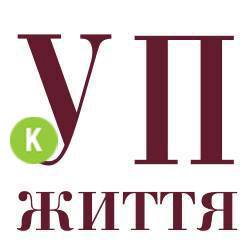
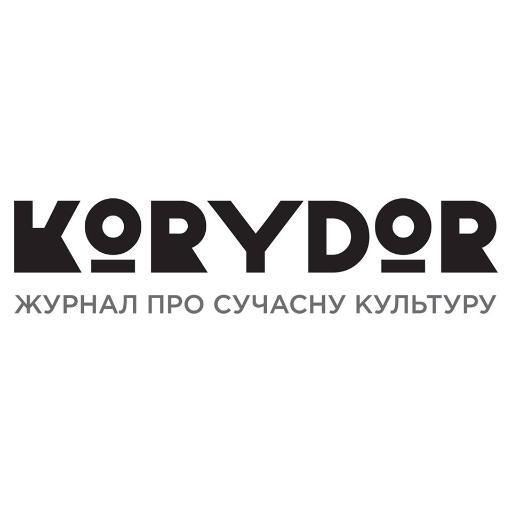
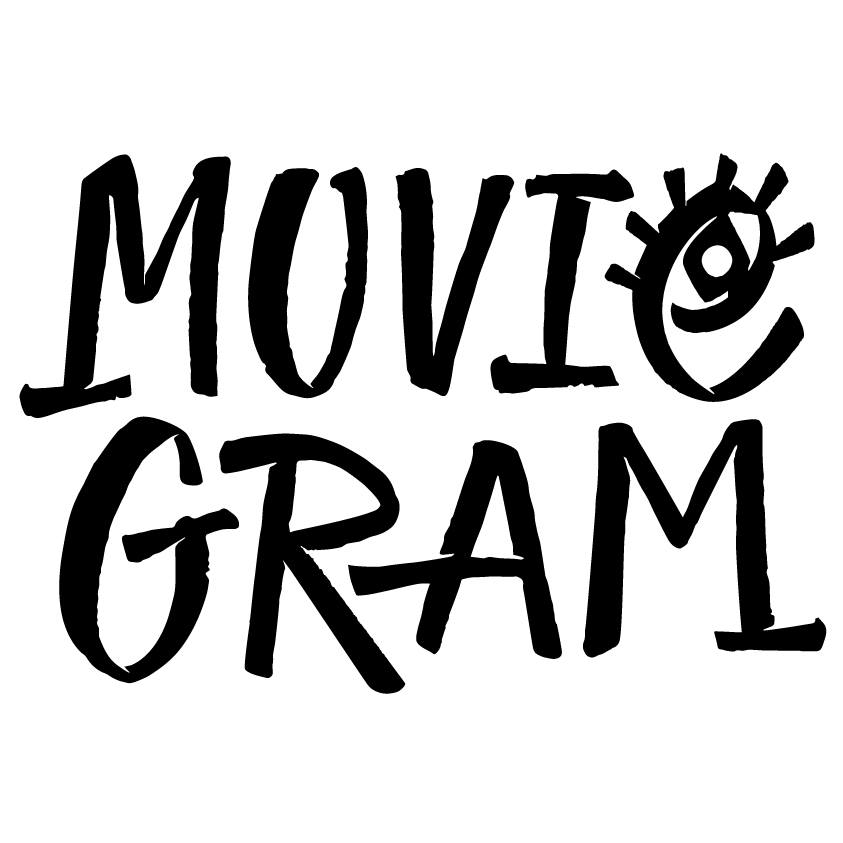


![]()
EXHIBITION “A VISIT FROM GHOSTS”
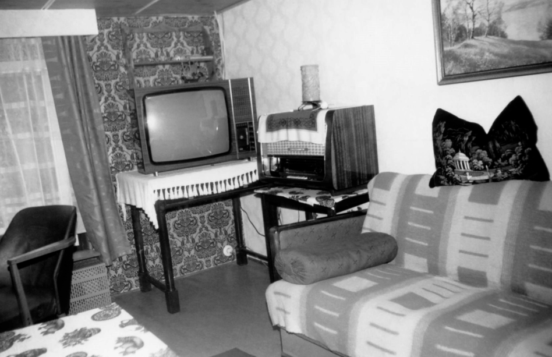
Photo: Sandra Schubert
1 – 30 October, 2016
The opening of the exhibition A Visit from Ghosts will take place on Saturday, October 1, at 19:00. On Sunday, October 2, at 15:00 a curator-led tour will be hold.
The exhibition A Visit from Ghosts not only poses a question of what we are to remember, but also of the ways of telling history with visual or other artistic means. Because ghosts are not just images or phantoms, they are sets of meanings that remind us of past traumas and always take new forms of expression.
Thematically the exhibition covers contemporary Ukrainian history: war, hate crimes, decommunization controversies. Besides, A Visit from Ghosts extends the understanding of these issues by referring to earlier European phenomena – fascism, anti-Semitism, oppressive aspects of East German socialism, etc.
The exhibition participants focus on the feeling of anxious expectation – they are showing, how it can be interrupted. They organize the exhibition space as full of noises and images, stories and experiences. Exactly in such situation the work of memory and outworking of the painful past are being activated.
The exhibition is supported by The Federal Agency for Civic Education (Bundeszentrale für politische Bildung, Germany) within the framework of the international conference Contested Memories of the Difficult Past. Eastern Europe and Its History of the 20th Century, devoted to victimization and responsibility, covering the conflicted historical narratives, as well as the influence of diaspora on manifestations of historical memory in post-socialist countries.
Curated by Kateryna Mishchenko
Artists: Piotr Armianovski, Anatoliy Belov, Oksana Briukhovetska, Peggy Buth, Eiko Grimberg, Die Tödliche Doris, Angelina Kariakina, Dmytro Levytskyi, Mykola Ridnyi, Serhiy Popov, Sandra Schubert, Mikhail Tolmachev.
Display: Katharina Köhler, Wolfgang Schwärzler
Opening hours: Tue – Fri: 14:00 – 20:00, Sat – Sun: 12:00 – 20:00, Mon – closed.
Events taking place during the exhibition:
October 7, 19:00. Oleksiy Radynski: Landslide (2016), film screening and discussion
October 9, 12:00. Anatoliy Belov: Spectrous Scissors, workshop for children
October 21, 19:00. Nikita Kadan: History in Hell, artist talk
October 22, 14:00. Piotr Armianovski, Dmytro Levytskyi: The Beilis Case, performance-tour around Podil area
October 29, 21:00. Curator-led night-tour
October 29, 23:00. The Night with the Ghosts, discussion
Admission is free.
Supported by Bundeszentrale für politische Bildung

ERSTE Stiftung та Charles Stewart Mott Foundation
Exhibition “The Raft Crimea. Trumps of Doom”
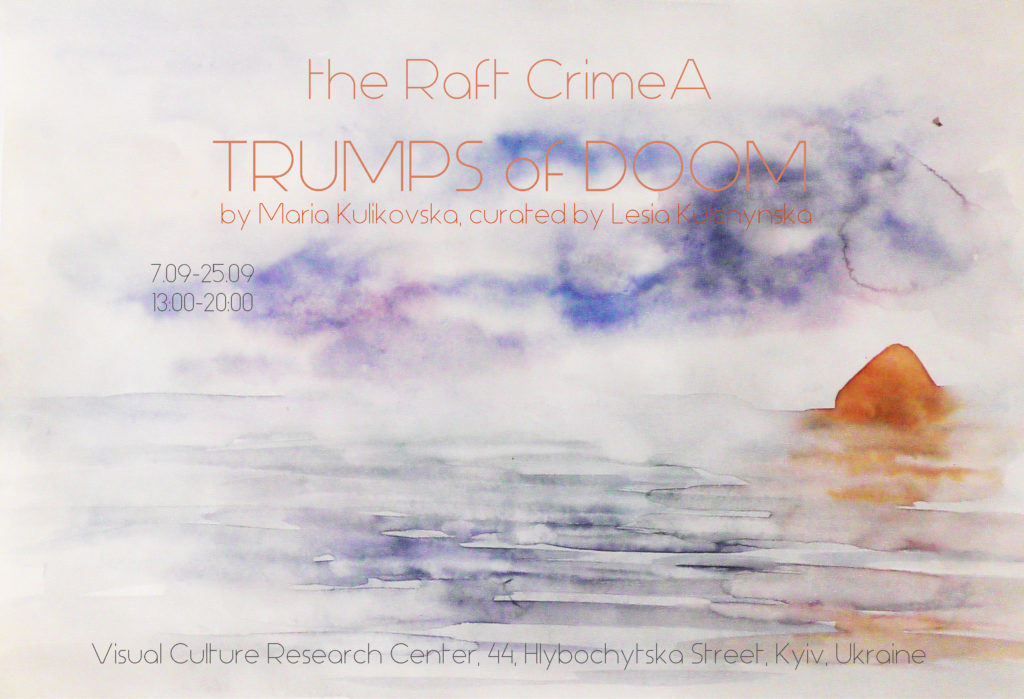
September 7 – 25
Open hours: Tuesday – Sunday, 13:00 – 20:00. Monday – closed. Admission is free.
Political, or natural, catastrophes, war, poverty, desire for a better life, make people leave their homes and set off into the open sea towards alien shores. Such trip is always risky: its success is incidental – it depends on fate, and, even more so, on support from other people. On August 16 amidst luxurious restaurants and floating hotels a life raft called Crimea floated off from the quay of the Dnipro river in Kyiv. The artist Maria Kulikovska, a former resident of Crimea, lived on the raft. Maria stayed there without any resources, only supported by what passersby shared with her.
On the 19th of August The Raft Crimea put off the capital’s quay and began its Odyssey. Thanks to continuous care, attention, kindness, and generosity of random people, the crew of the Raft reached the Danube mouth.
On Ukrainian-Romanian border the Raft was stopped by the officers of State Border Guard Service of Ukraine. The Raft crew was briefly detained by the Service.
The Raft Crimea’s short return to Kyiv will be followed by its continuous journey along the rivers of Ukraine and Europe, integrating people, met on its way, into the community of solidarity and mutual support.
Exhibition The Raft Crimea. Trumps of Doom is a story about the journey to the unknown, a story about secrets and mysteries, discoveries, found treasures, unpredictability of fate, and human kindness. This story is dedicated to the bravery of all migrants and the displaced, who are intentionally, or constrainedly, heading towards foreign shores to begin a new life, as well as to all those with an open heart, ready to care about the others.
Curator – Lesia Kulchynska.
The Migrant Parliament of the Displaced: The Raft Crimea is a performance by Maria Kulikovska aimed at reminding us about the vulnerability and helplessness of those, who lost their homes, and calling for solidarity with them. The Raft Crimea is a platform for discussing problems of the displaced and common search for their solutions. It will appear at the esplanades of different cities to indicate the place for a new meeting and assembly by its presence. Thousands of people, who are deprived of their homes, seeking for better life, safety, or simply a possibility of survival, are moving today on boats and rafts to the shores, where no one is neither waiting for them, nor wants to see them. The vast population of the new republic, which is not marked on the map, is drifting on the waves: the phantom republic of migrants. Anyone can become its citizen one day. The Crimea life raft will become its embassy, a displaced parliament for all of those who are devoid of place and political representation.The Migrant Parliament of the Displaced: The Raft Crimea performance is part of the School of Political Performance, collaborative project by Maria Kulikovska and VCRC, and belongs to the parallel program of Sentsov’s Camera exhibition at Leipzig Museum for Contemporary Art.
Maria Kulikovska is a Ukrainian artist and actionist, born in Kerch city in Crimea. She graduated from the National Academy of Fine Art and Architecture in Kyiv. Maria is the author of numerous performances, actions and happenings: War and Pea$e(Mariupol, 2016), 9th of May (solo exhibition; London, 2016), 1 May (London, 2016),Happy Birthday (London, 2016), Patience?, #Onvacation (Venice Biennale, 2015),White (2015), Untitled (2014), 254 (2014) are among them.
The School of Political Performance will kick off with its first course on September 5, 2016, becoming a permanent platform for common creation and exchange of experience. Open lectures will be combined with practical exercises, seminars, intensive workshops, collective actions and performances by the participants and lecturers of the school. The students of the School are to form a group of rapid political responsiveness by conducting a series of projects in the public space.
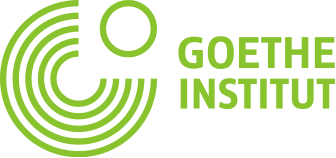
NGO «Crimea SOS», NGO «Vostok SOS Charitable Foundation», «Crimean prisoners» support group The Solidarity Committee.
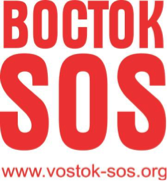
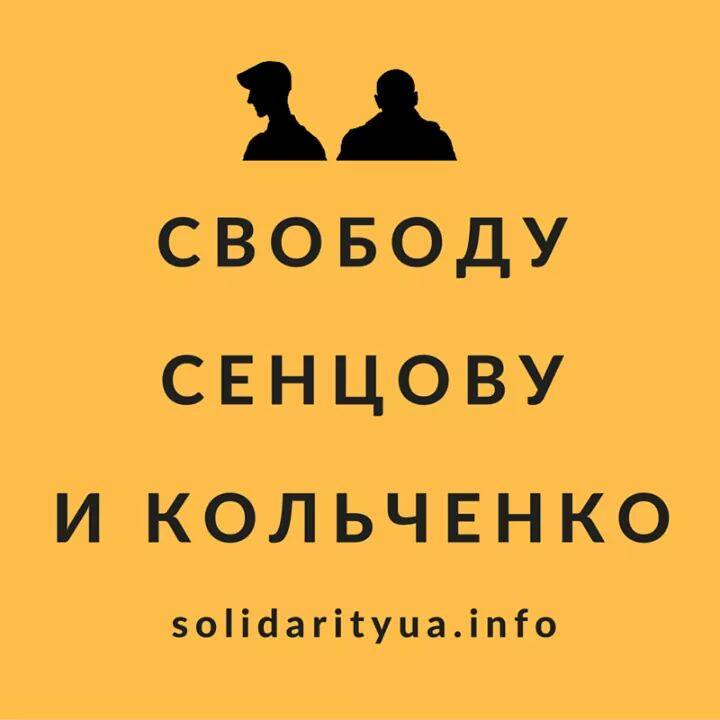
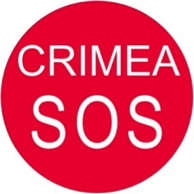
Art Represent gallery, London, 32 Vozdvizhenka Arts House, Kyiv
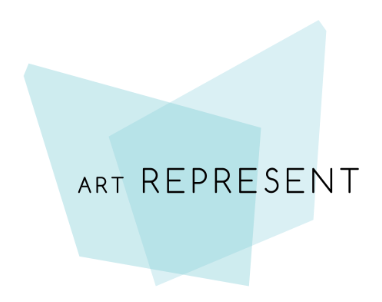
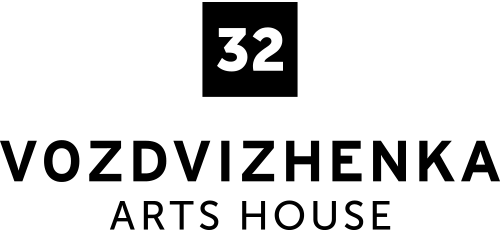
Co-funded by «Krytyka Polityczna» («Political Critique») within Connected Action for the Commons program of European Cultural Foundation
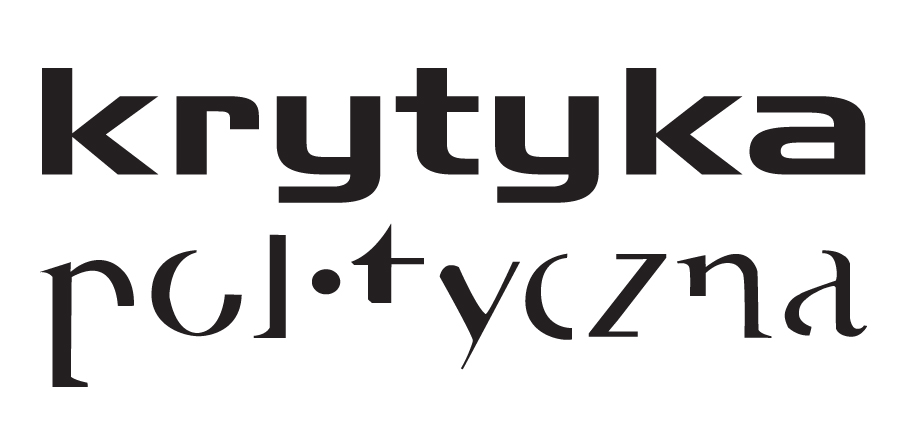
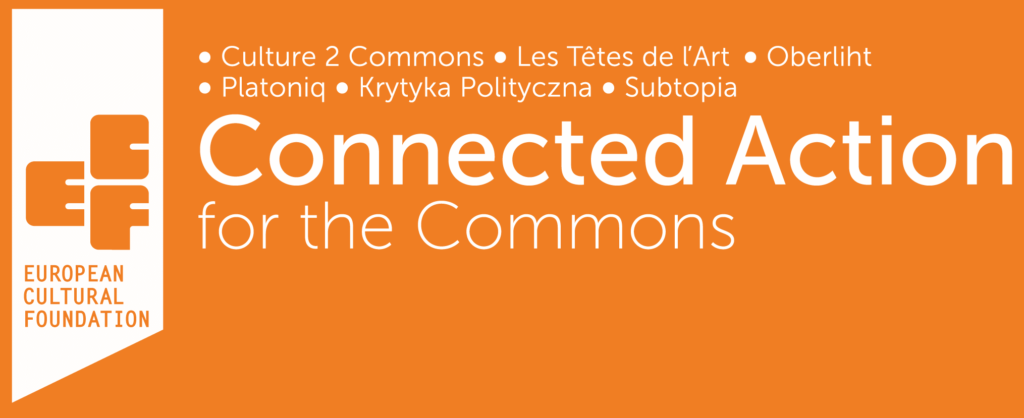
Media partners: Ukraine Crisis Media Center, Krym. Realii
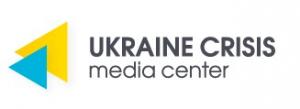
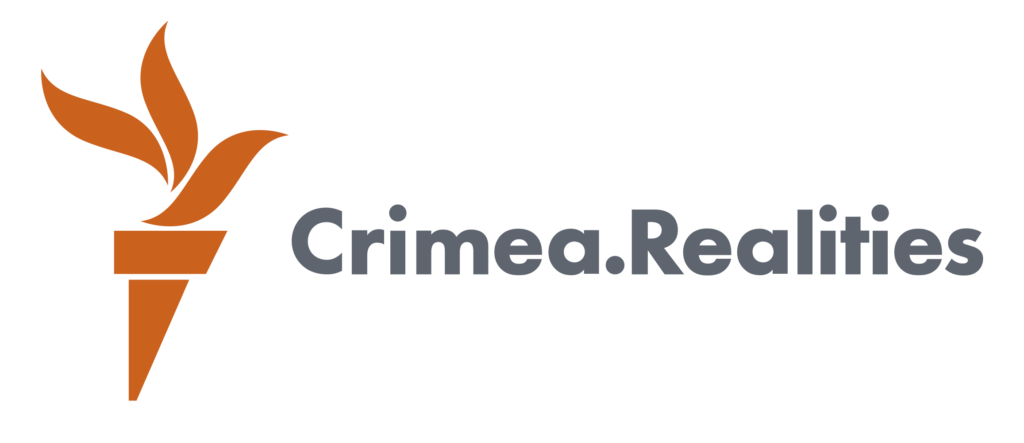
Exhibition by Melnychuk-Burlaka Group. BETTER, WORSE, EVEN WORSE
February 26 – March 27, 2016
Exhibition by Melnychuk-Burlaka Group
BETTER, WORSE, EVEN WORSE
Visual Culture Research Center and Political Critique invite you to the Better, Worse, Even Worse exhibition by Melnychuk-Burlaka Group, which will open on February 26, at 19:00 and will last until March 27.
In Better, Worse, Even Worse project Ivan Melnychuk and Oleksandr Burlaka use key notions from architecture and urban studies for the interpretation of current political and military affairs. For example, how could it happen that in a political vocabulary the notion of “bridge” started referring to “friendship”, “unity”, “agreement”? After all, from the perspective of architectural history, bridge is, above all, a military tool serving for the expansion to new territories and establishment of effective control over them. The starting point for the project is a current propagandist project of constructing a bridge over Kerch Strait, which has to link occupied Crimea with Russian Federation.
The project is based on a work made for the exhibition Phone Calls from the Cemetery and Other Stories: An Exhibition Against the Covert War in Ukraine at the Academy of the Arts of the World, Cologne (curators – Ekaterina Degot and David Riff).
“The idea of linking two points on the straight line is the realization of mathematical abstraction. The main function of the bridge has been the same – to give war prisoners a work. The following promise of economic miracle is driven by the imitation of a sacrifice. Contemporary super bridges are enormous altars over the sea of blood.”
“The bridge over our heads links Russia with Europe. It is the bridge between two “welfares”. Countries in between are understood by Europe and Russia as dressings supplementing main course.”
Melnychuk-Burlaka Group
The exhibition is open daily from 13:00 to 20:00, Monday – closed.
Admission is free
Melnychuk-Burlaka Group was founded in 2013 (earlier Ivan Melnychuk and Oleksandr Burlaka were members of the Group of Objects). In their practice they question the role, ideology, and responsibility of an architect today. Melnychuk-Burlaka Group participated in the First Bergen Triennial (Bergen Assembly), in the exhibitions of PinchukArtCentre Art Prize nominees in 2013 and 2015, in the exhibition Phone Calls from the Cemetery and Other Stories at the Academy of the Arts of the World, Cologne etc. In 2014 the Island exhibition by Melnychuk-Burlaka Group took place at Visual Culture Research Center.
Oleksandr Burlaka is an architect and artist based in Kyiv, Ukraine. He is a Junior Research Fellow at the National Art Museum of Ukraine.
Ivan Melnychuk is an architect and artist based in Kyiv, Ukraine. He is a co-founder of Method foundation.
Supported by ERSTE Stiftung та Charles Stewart Mott Foundation:
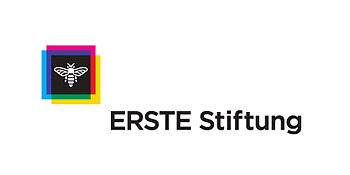
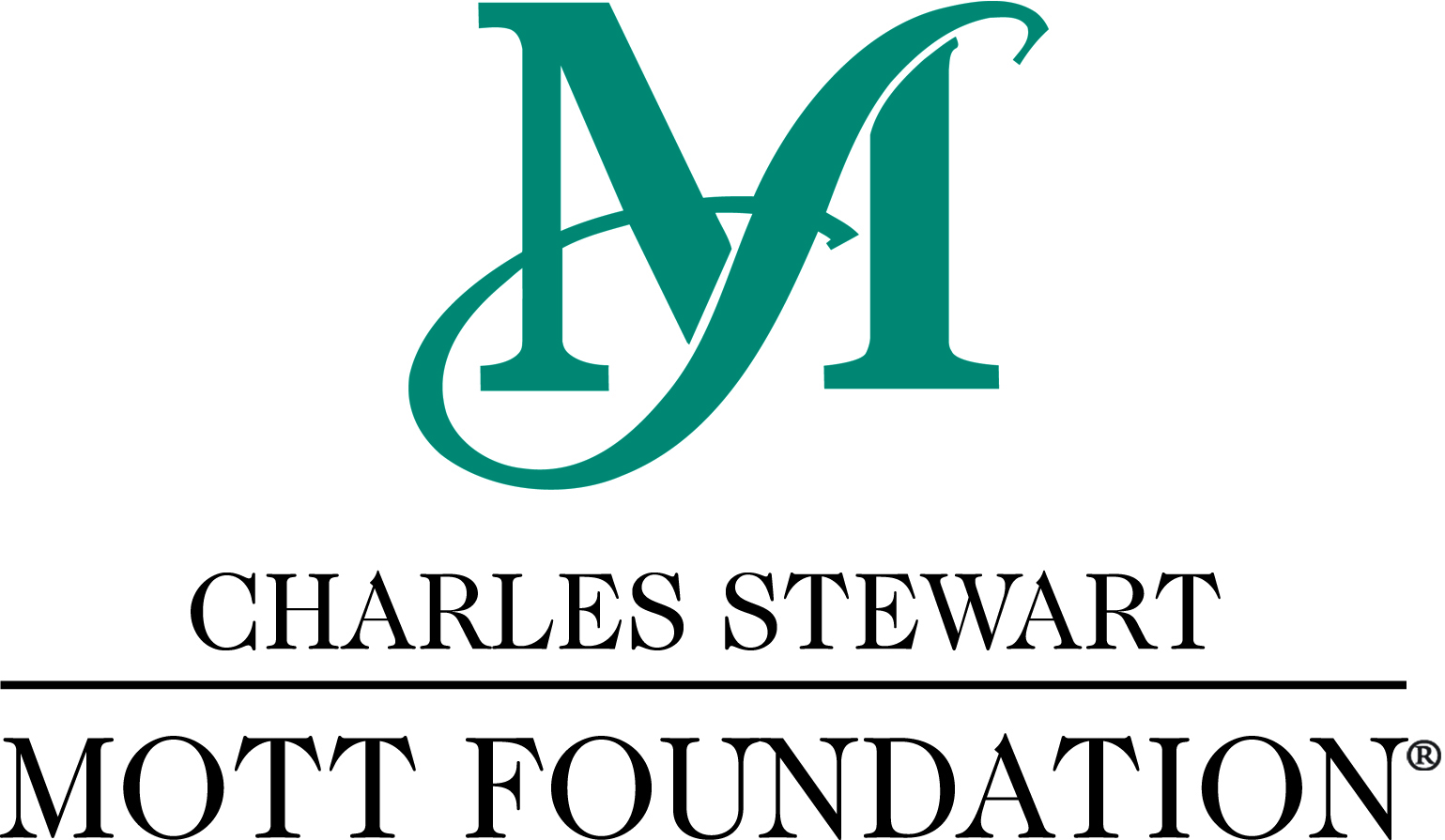
Visual Culture Research Center (VCRC) was founded in 2008 as a platform for collaboration between academic, artistic, and activist communities. VCRC is an independent initiative, which is engaged in publishing, artistic activities, research, organization of public lectures, discussions, and conferences. In 2015 Visual Culture Research Center received the European Cultural Foundation’s Princess Margriet Award. Visual Culture Research Center was also an organizer of The School of Kyiv – Kyiv Biennial 2015.
Visual Culture Research Center (44 Hlybochytska Street, 1 floor)
Contacts:
+380676695457 Ganna Tsyba
+380639535143 Natalka Neshevets
www.facebook.com/vcrc.org.ua
vcrc@vcrc.org.ua
Exhibition WHAT IN ME IS FEMININE?
The Polish-Ukrainian exhibition of feminist art, dedicated to the topic of “femininity” in the society, will be held at the Visual Culture Research Center (Kyiv, 44 Hlybochytska Str., 1st floor) from November 19 to December 21.
The exhibition is open daily from 12:00 to 20:00
Day off – Monday
Today we live in a world, where realization of political demand for equality of sexes has become possible despite real or imaginary differences between them. This implies a need for comprehensive reflection on cases of discrimination, as well as an analysis of “masculine” and “feminine” constructs. When talking about the “female”, it is important to give a voice to women themselves.
The exhibition is aimed at presenting art works, through which women artists speak about the existence of women in history and at present, gender roles, as well as about women’s corporality, practices, and rituals of life.
In Poland, feminist topics have been raised in art as early as the 1970s and then had a significant surge in the 1990s. The Polish women artists thoroughly elaborate on the topic of female corporality and subjectivity. One of the landmark works of Polish feminists of the 1990s will be shown at the exhibition among the works of the last decade. The Ukrainian part of the exhibition will feature the latest works of the women artists who explore different aspects of the “feminine” and also demonstrate a poignant response to the current condition of the Ukrainian society. Gender issues in their works permeate the questions of identity, history, love, and war.
Curator
Oksana Briukhovetska
Artists
Poland: Anna Baumgart, Iwona Demko, Zuzanna Janin, Ewa Juszkiewicz, Urszula Kluz-Knopek, Anka Lesniak, Aleka Polis, Alicja Zebrowska.
Ukraine: Oksana Briukhovetska, Ksenia Gnylytska, Grycja Erde, Alina Yakubenko, Alina Kleitman, Alina Kopytsia. Iryna Kudria, Maria Kulykivska, Valentyna Petrova.
Admission is free
Supported by ERSTE Stiftung and Charles Stewart Mott Foundation


Project cofinanced by the Ministry of Culture and National Heritage of the Republic of Poland
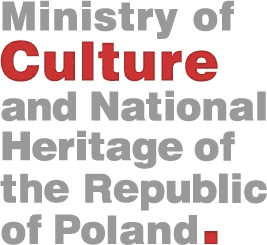
Organization partners: Krytyka Polityczna and Polish Institute in Kyiv


Contacts:
www.facebook.com/vcrc.org.ua
vcrc@vcrc.org.ua
Tetiana Mala
093 168 38 62
mala.socio@gmail.com
Anna Orekhova
050 918 65 37
a.orekhova@gmail.com


